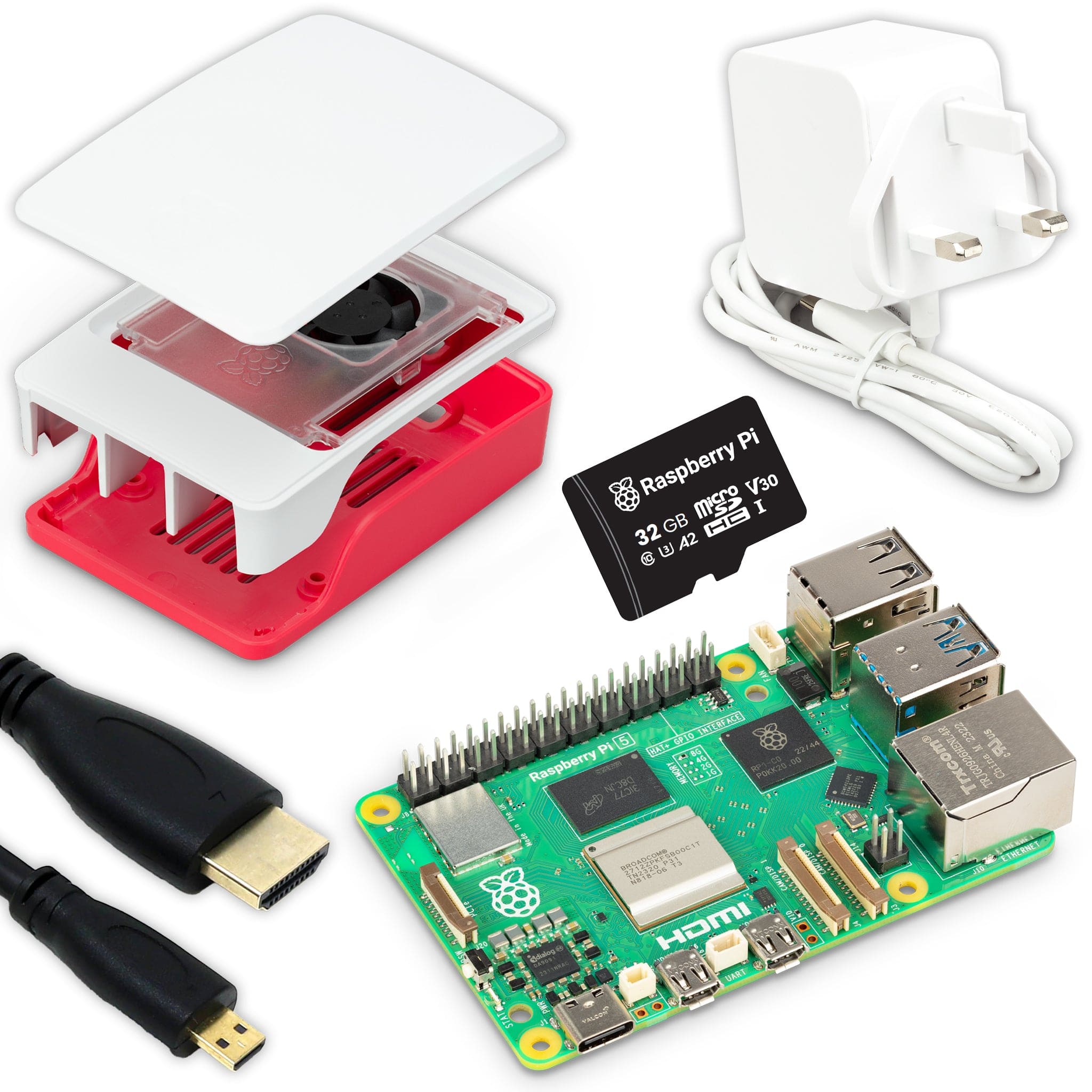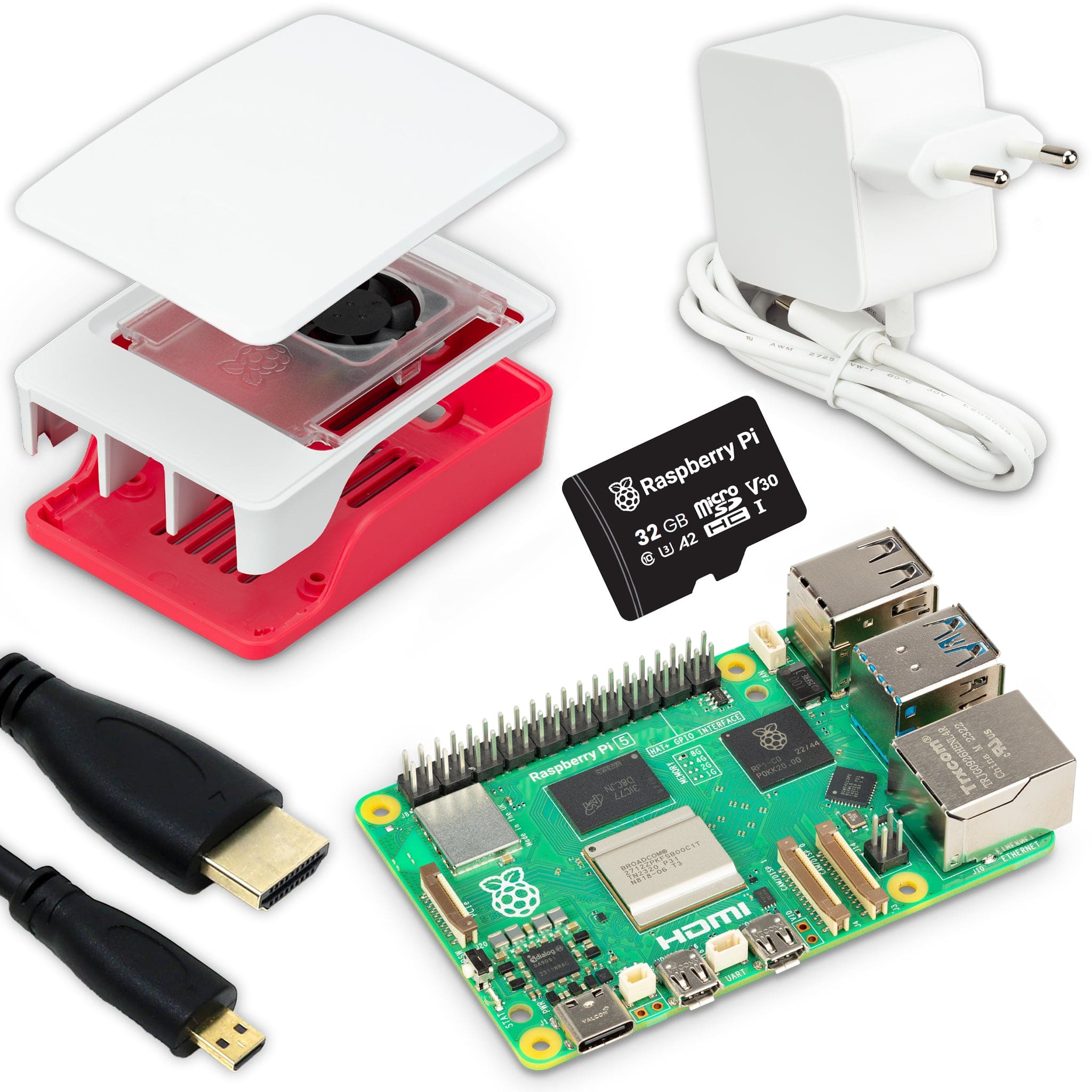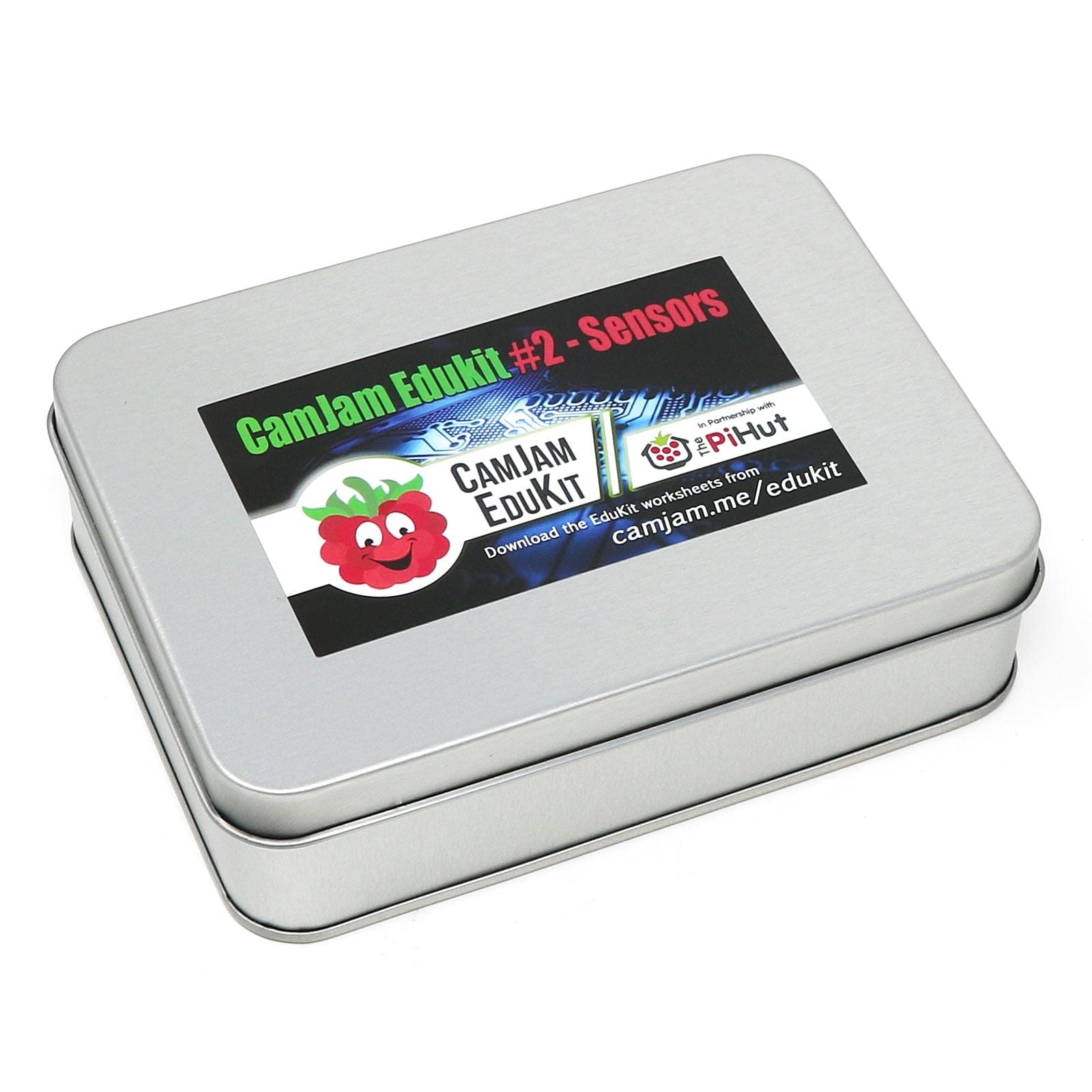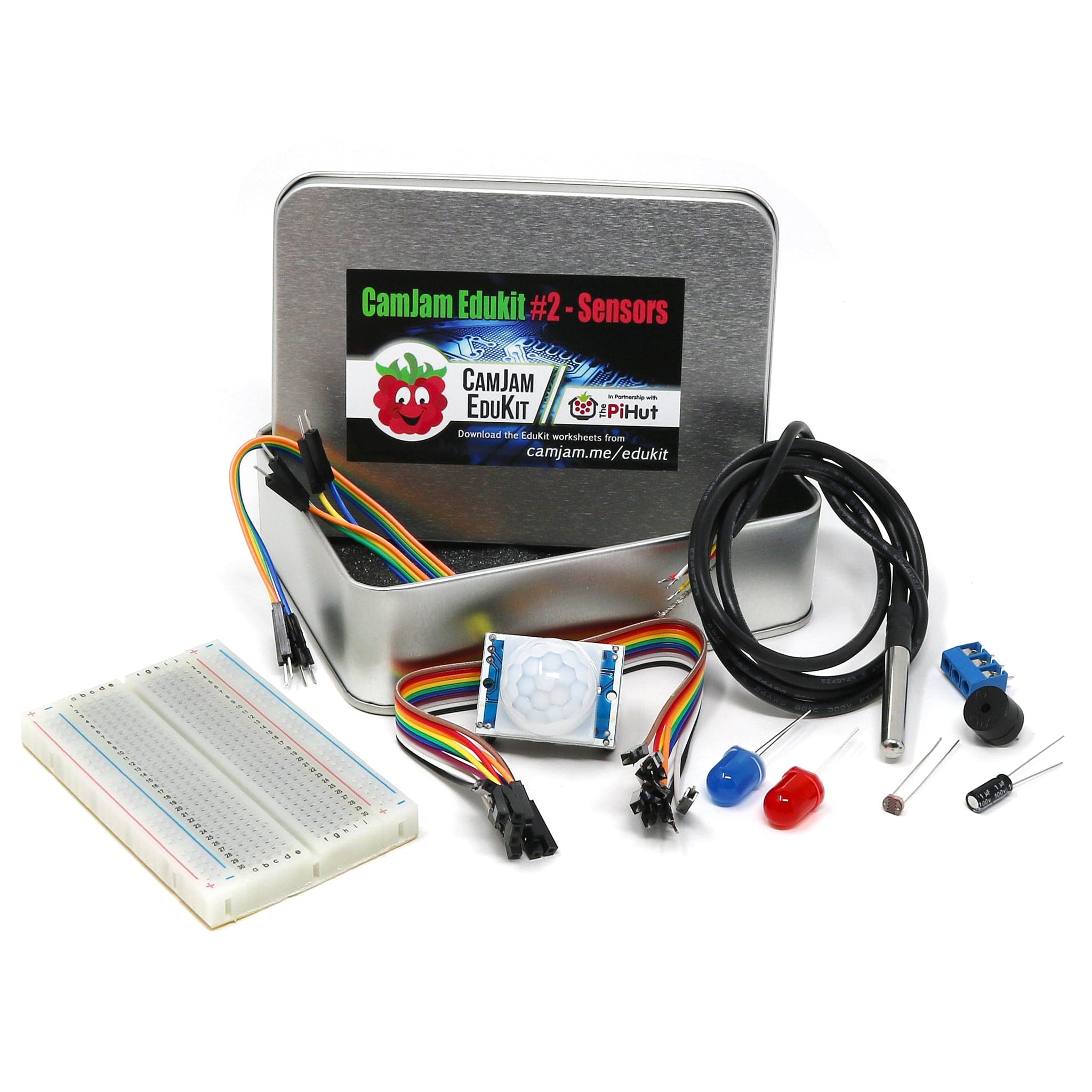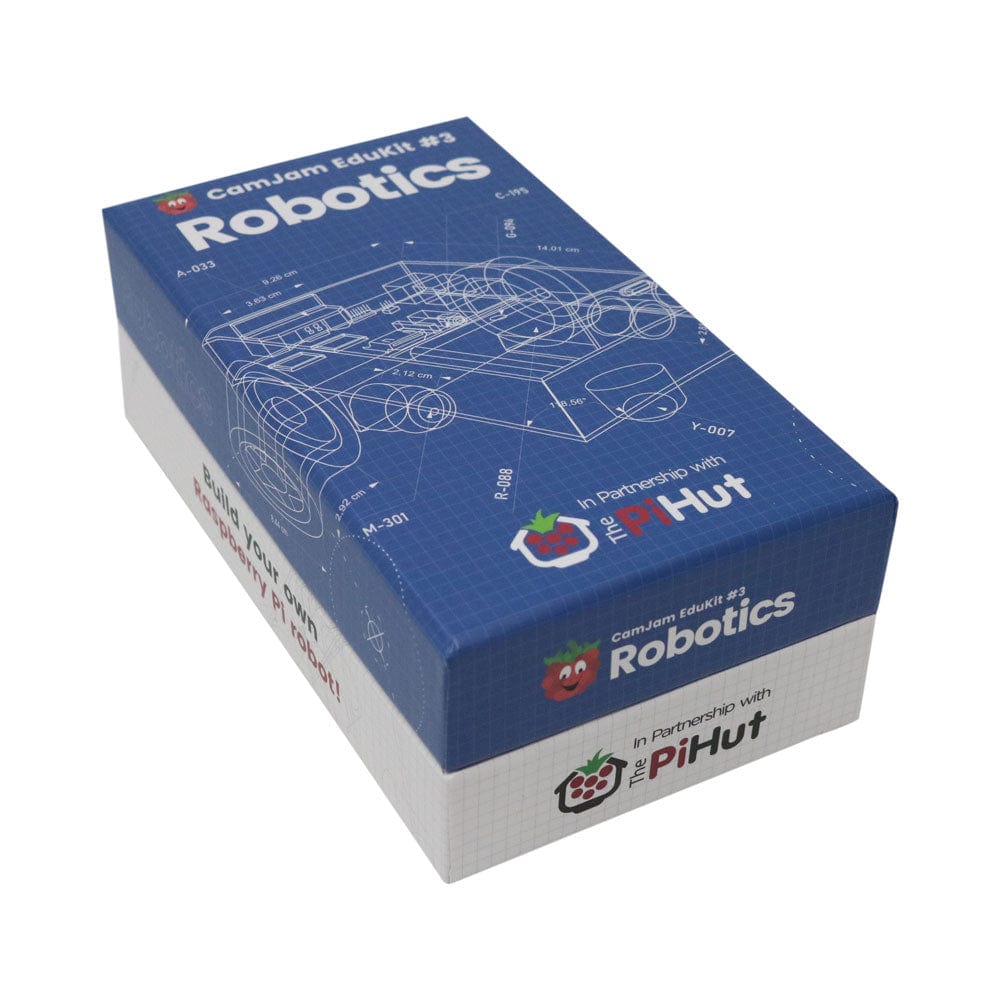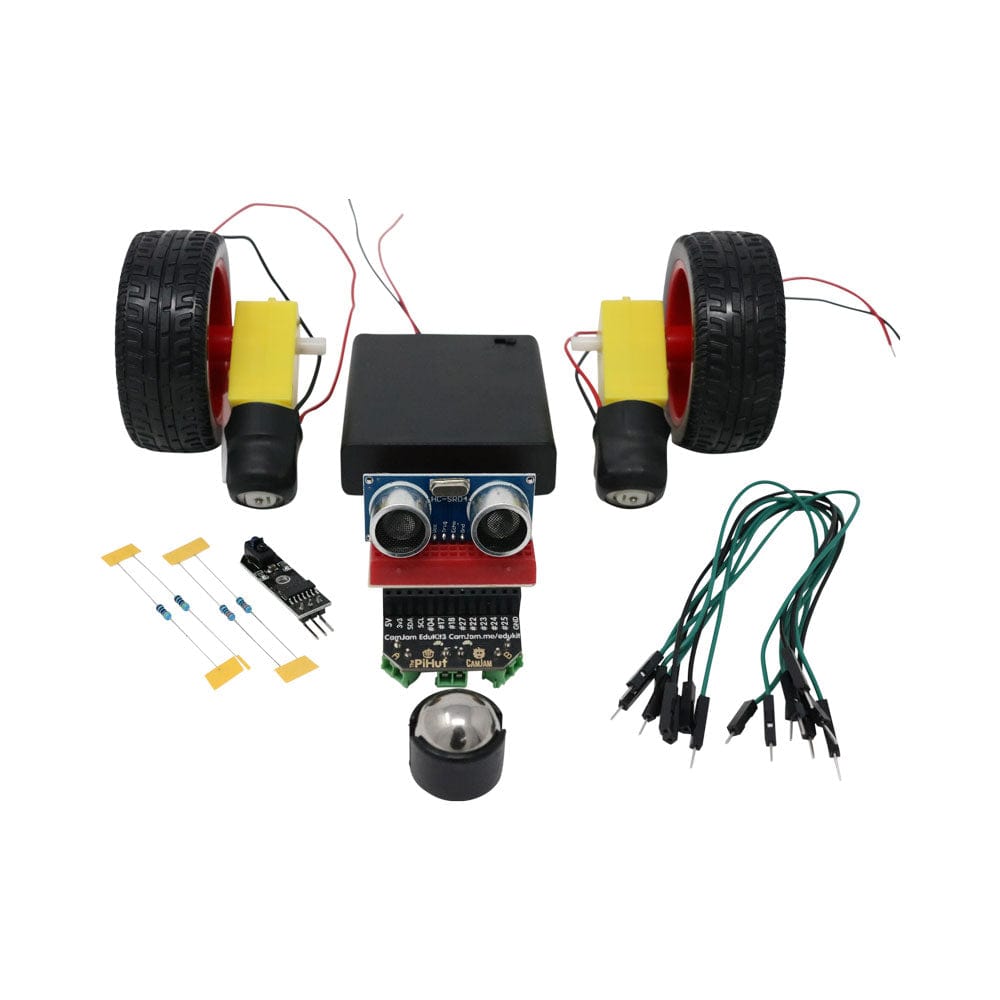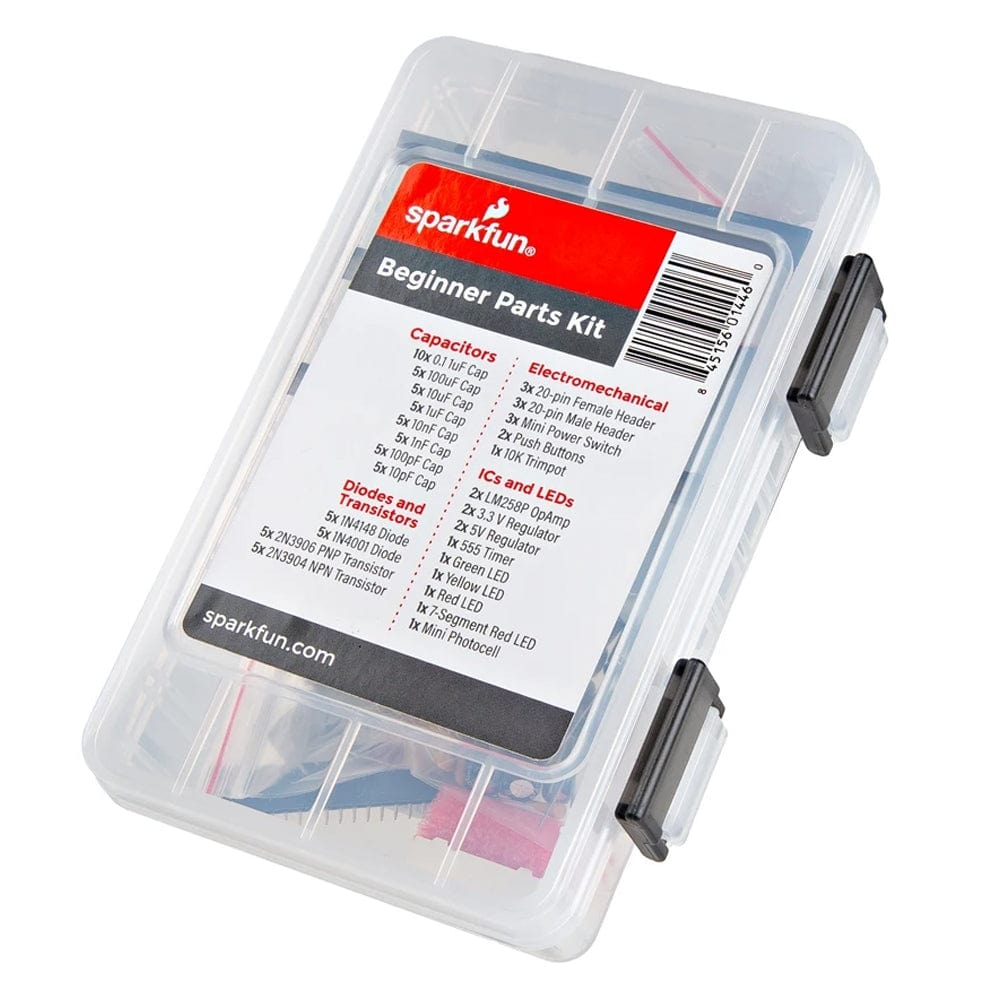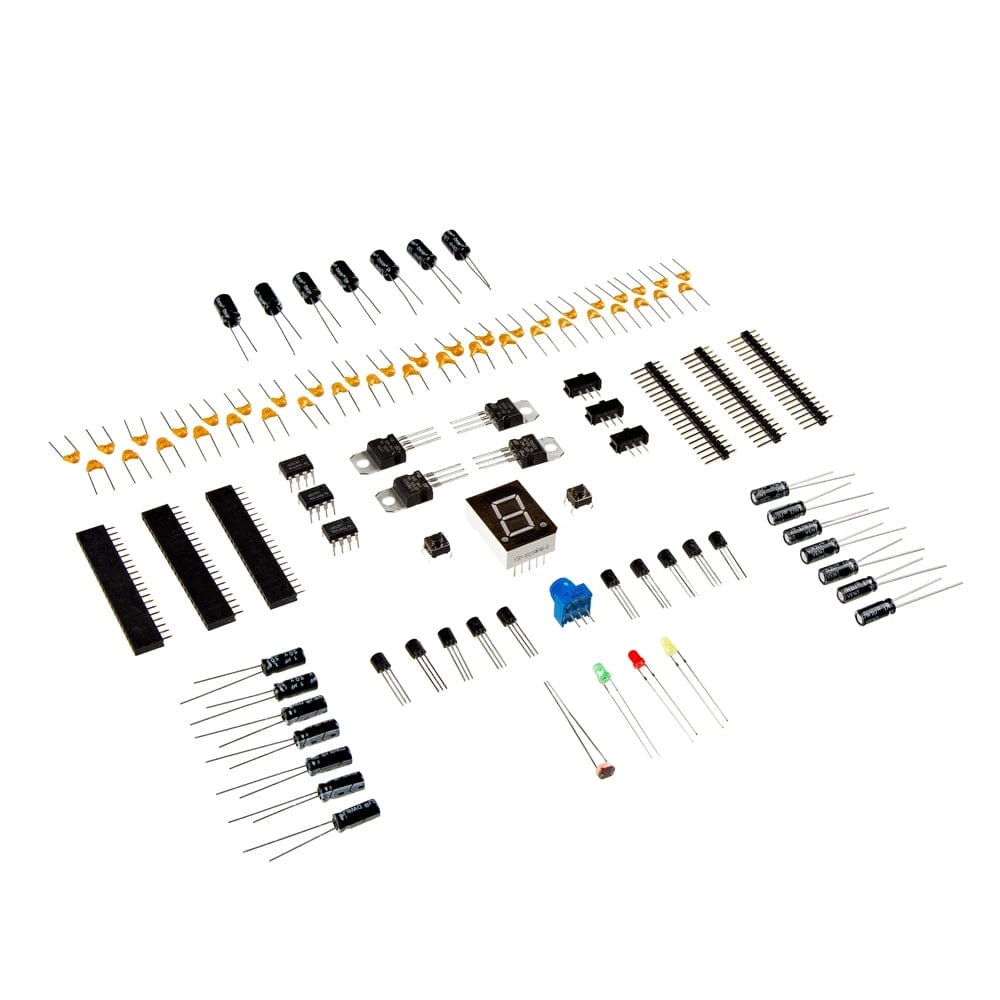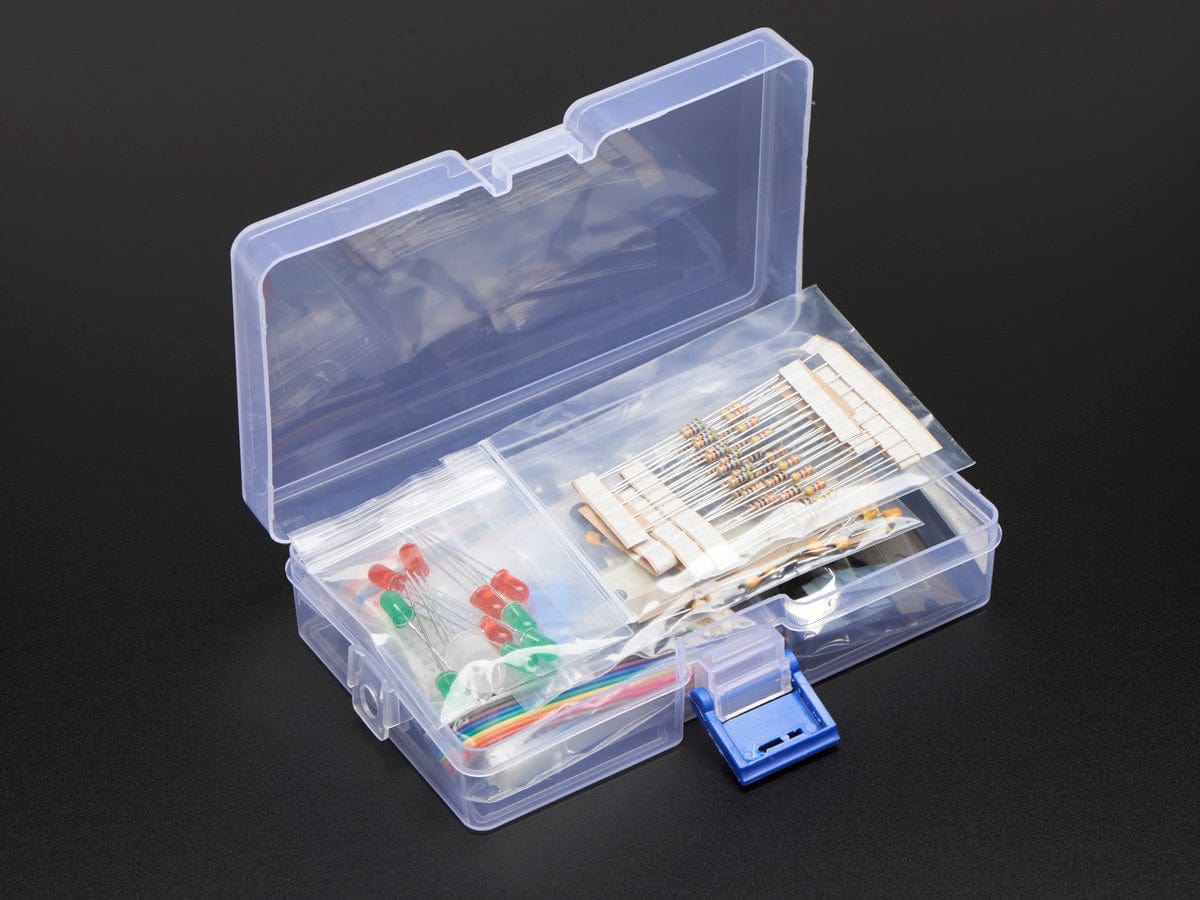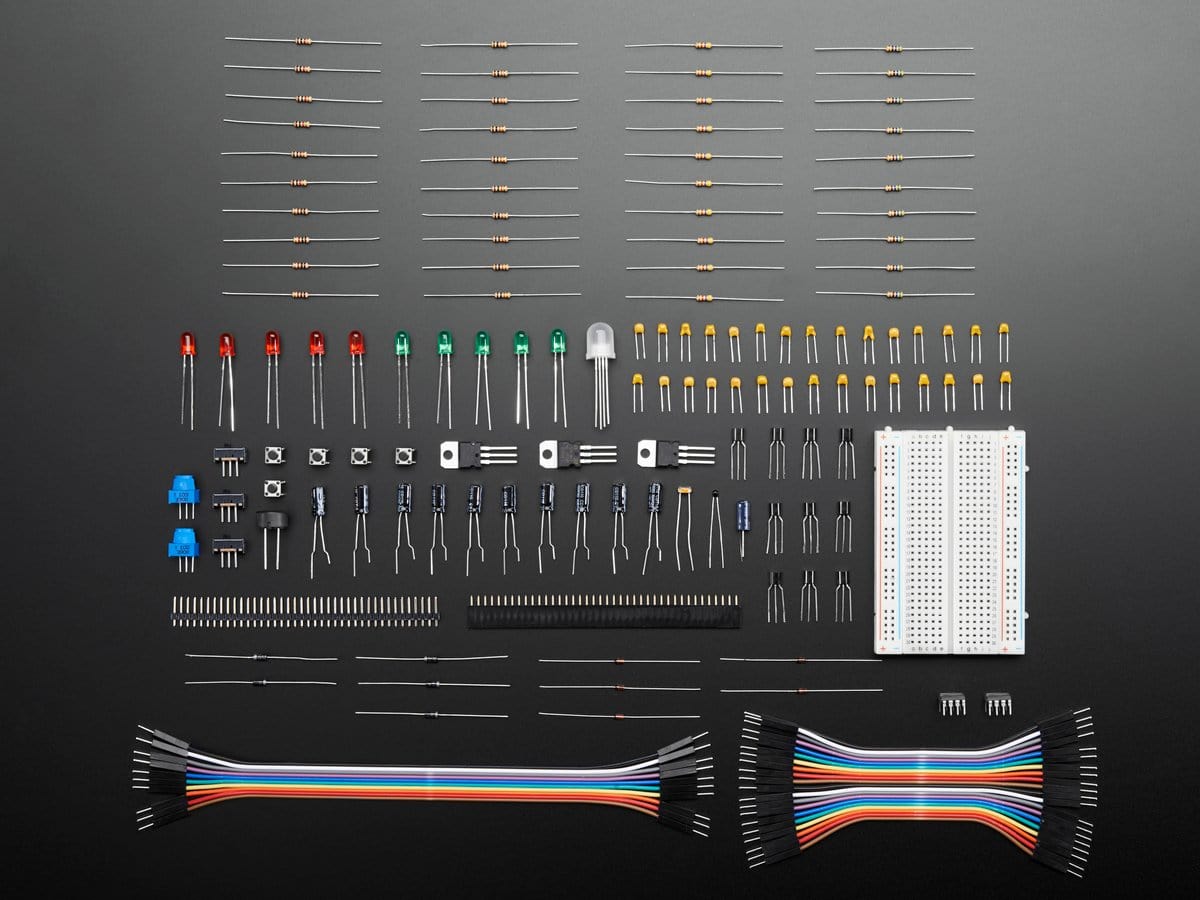




Login / Signup
Cart
Your cart is empty
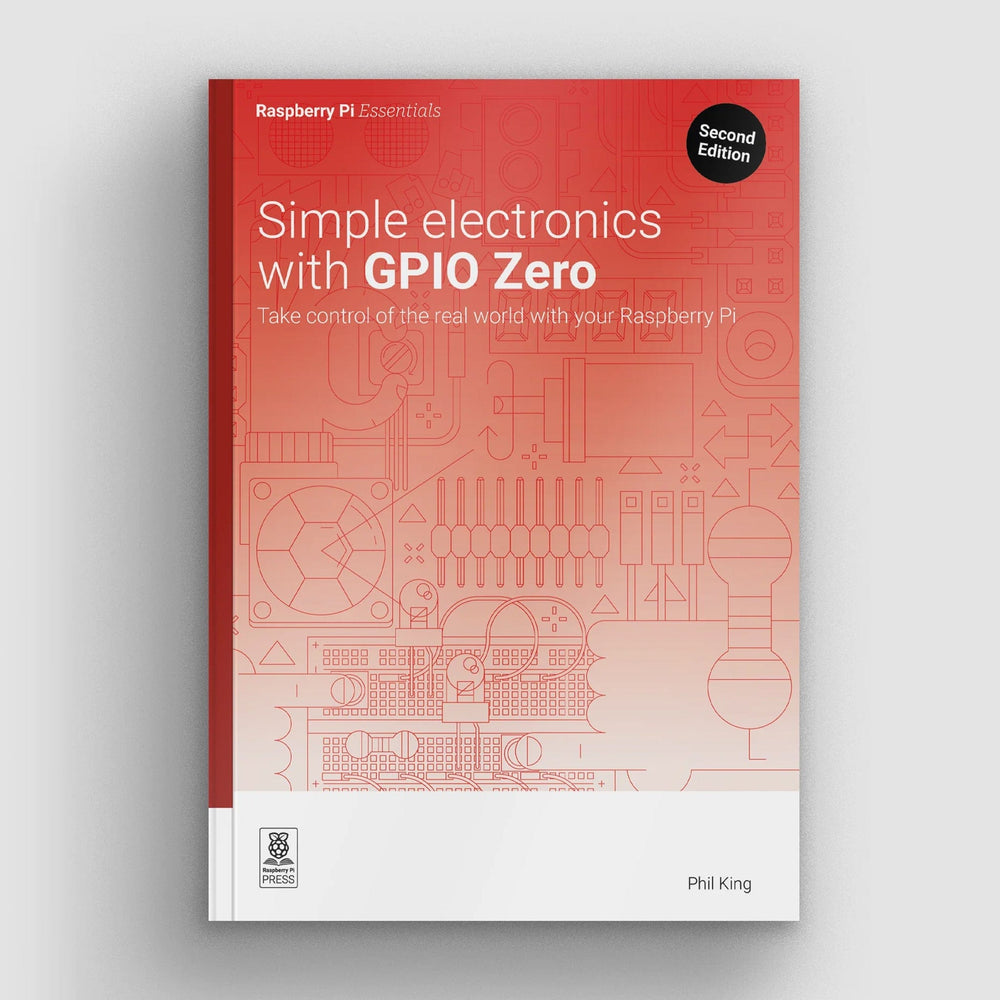
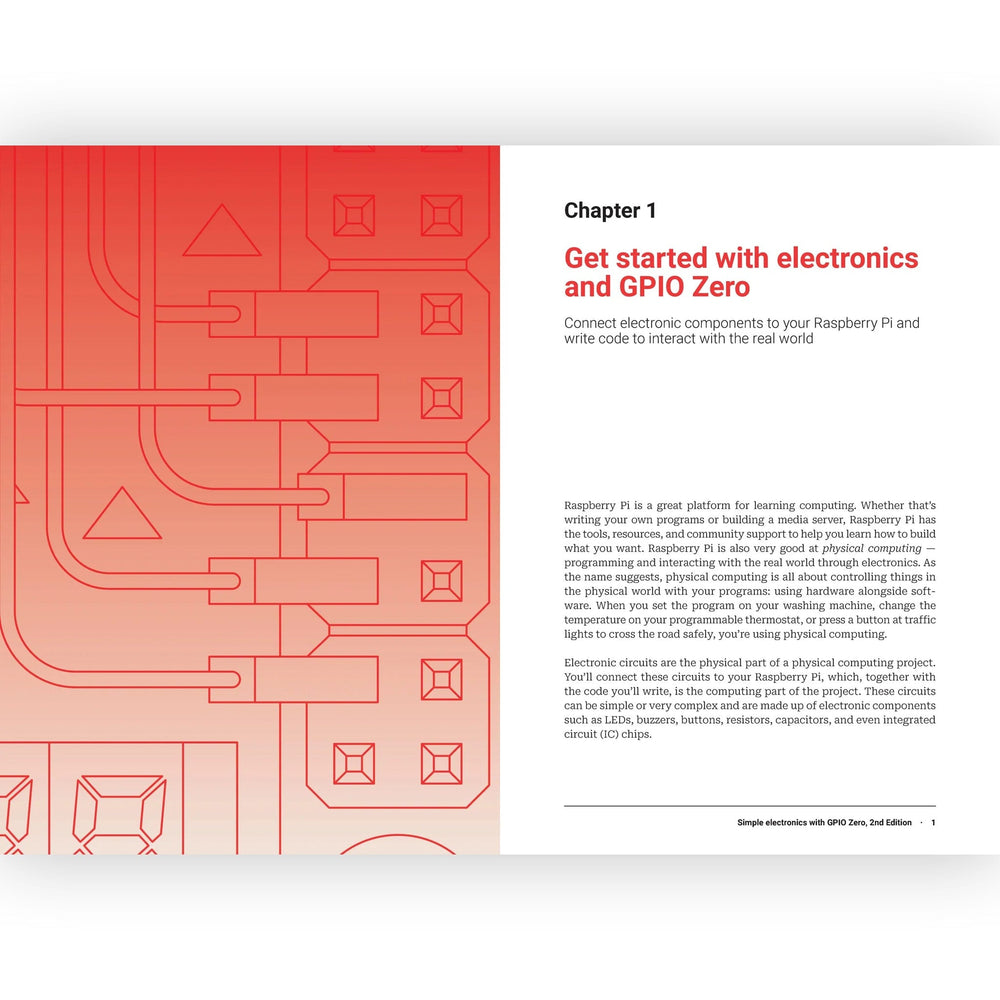
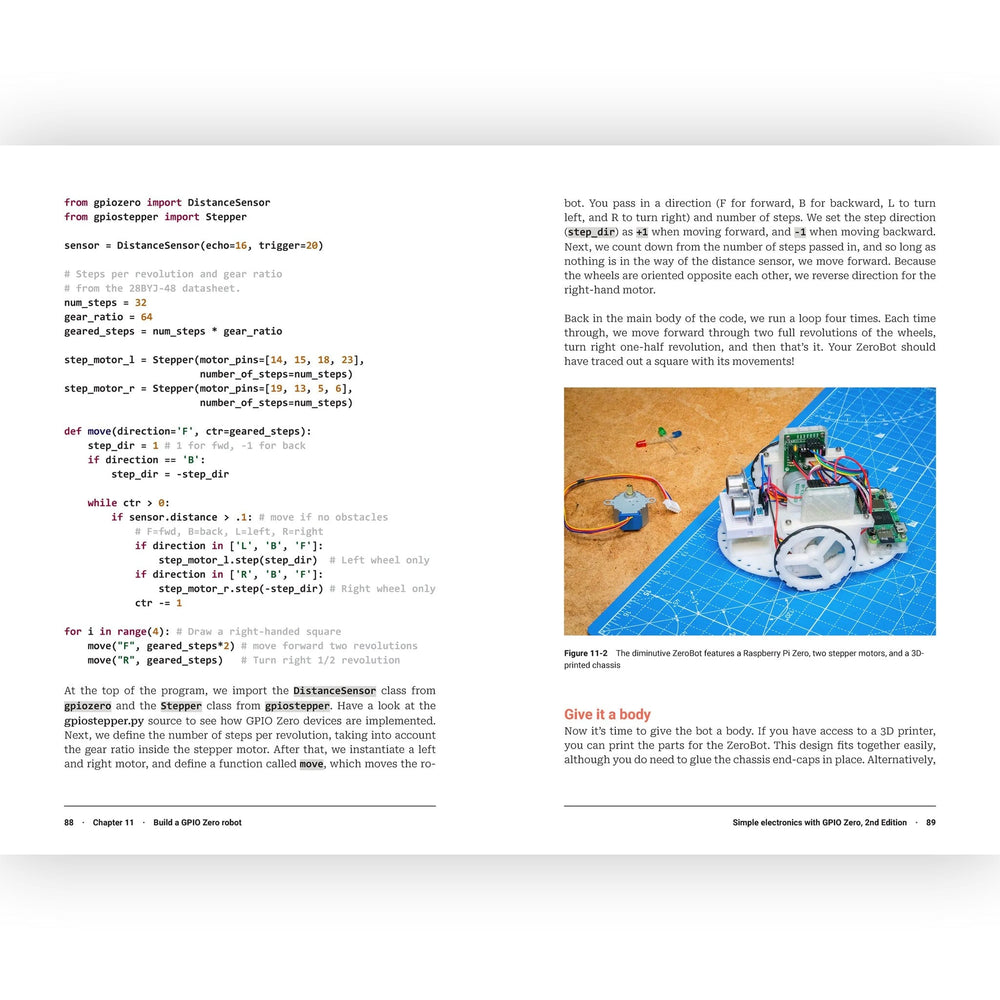
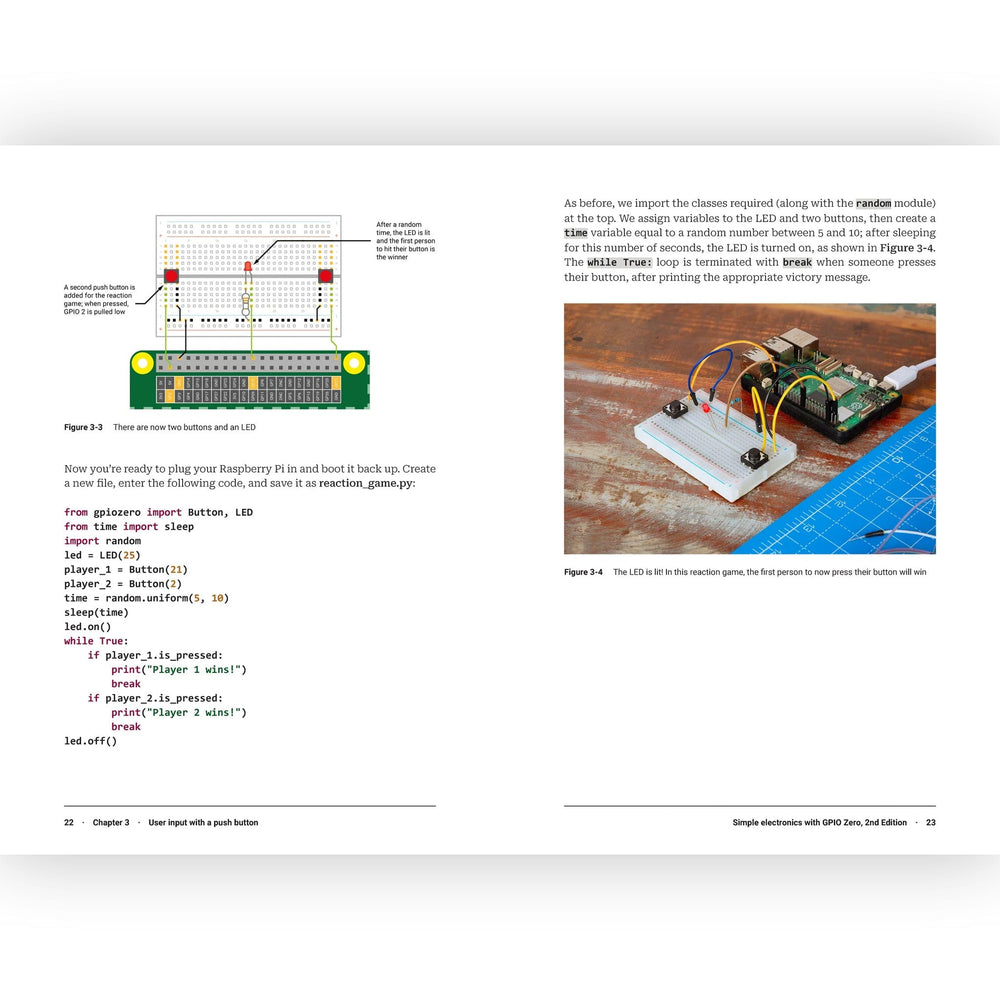
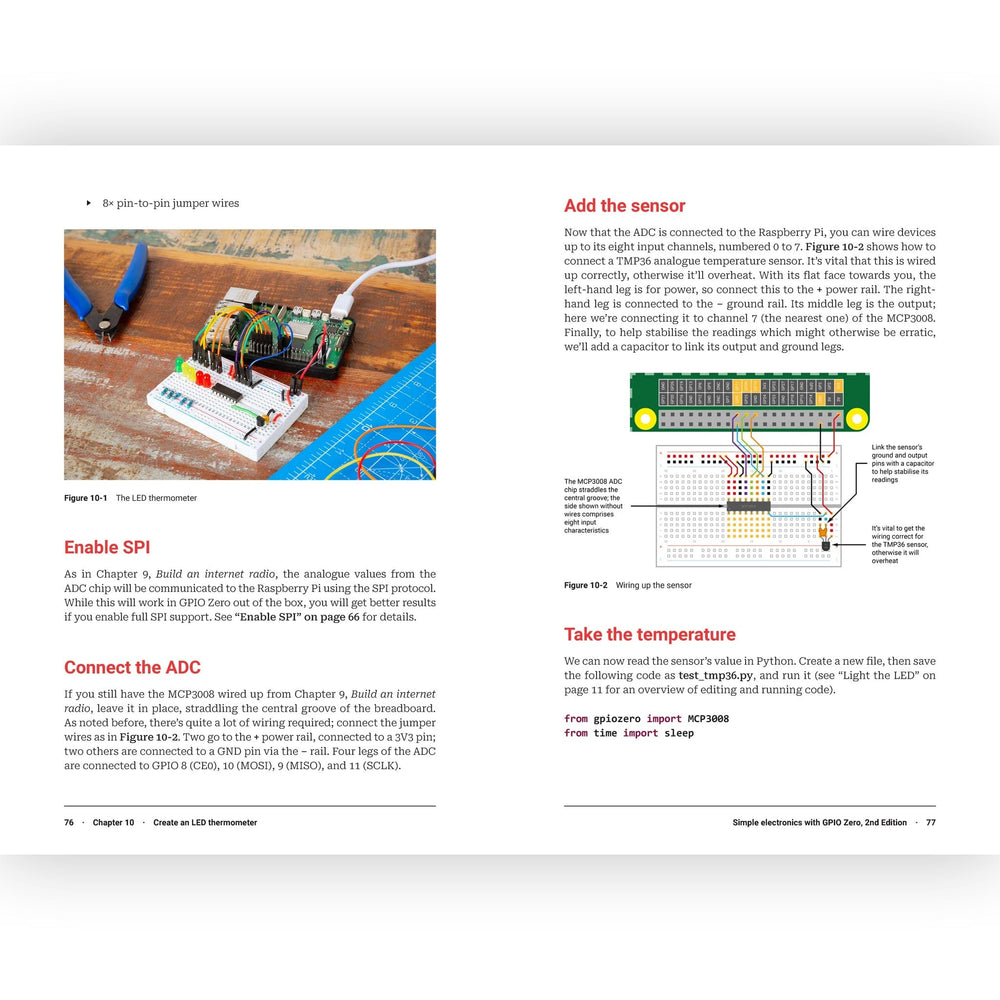
Discover how to bring your Raspberry Pi projects to life with GPIO Zero and Python. This hands-on guide walks you through simple electronics builds — from blinking LEDs to motion alarms and robots — all using your Raspberry Pi’s GPIO pins.
There are many things that distinguish Raspberry Pi from other computers. The GPIO header might just be the most significant of them all — it allows you to connect electronic components to your Raspberry Pi and control them with code you've written yourself.
The most popular programming language for controlling electronics on a Raspberry Pi is Python, particularly the code in the GPIO Zero library, which you can use to control LEDs, sensors, motors, and many more components.
With this book, you’ll learn how to use GPIO Zero as you build a series of simple electronics projects:
The GPIO pins on your Raspberry Pi open up a whole new world of possibilities — specifically, the physical world around you. It may seem daunting at first, but you'll be creating electronic circuits and controlling them with code before you know it. Grab your breadboard and start taking control of the real world with your Raspberry Pi today!
Updated for the latest Raspberry Pi devices, this book has all the information you need to get started.
Phil King is a Dorset-based publishing professional with over 20 years of experience in editing and writing.
As a former books editor at Raspberry Pi Press, he’s overseen titles including The Official Raspberry Pi Beginner’s Guide, Code the Classics, and Retro Gaming with Raspberry Pi. He’s also edited magazines across the video games world—from Sega Pro to PowerStation—and is the author of Chromebooks In Easy Steps. Phil writes regularly about Raspberry Pi, microcontrollers, electronics, and tech, combining deep knowledge with a passion for making complex topics accessible.






